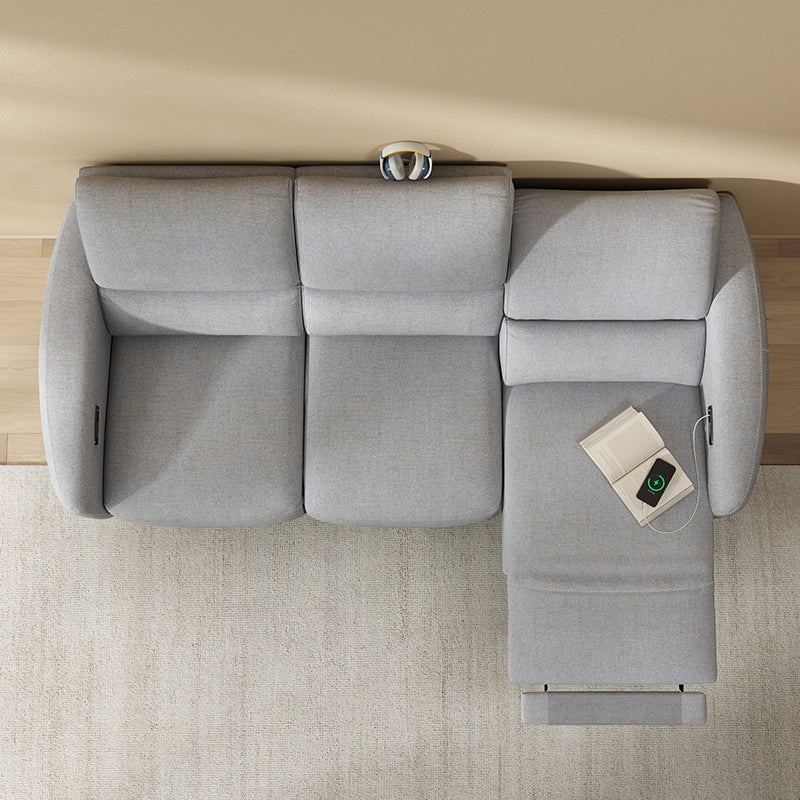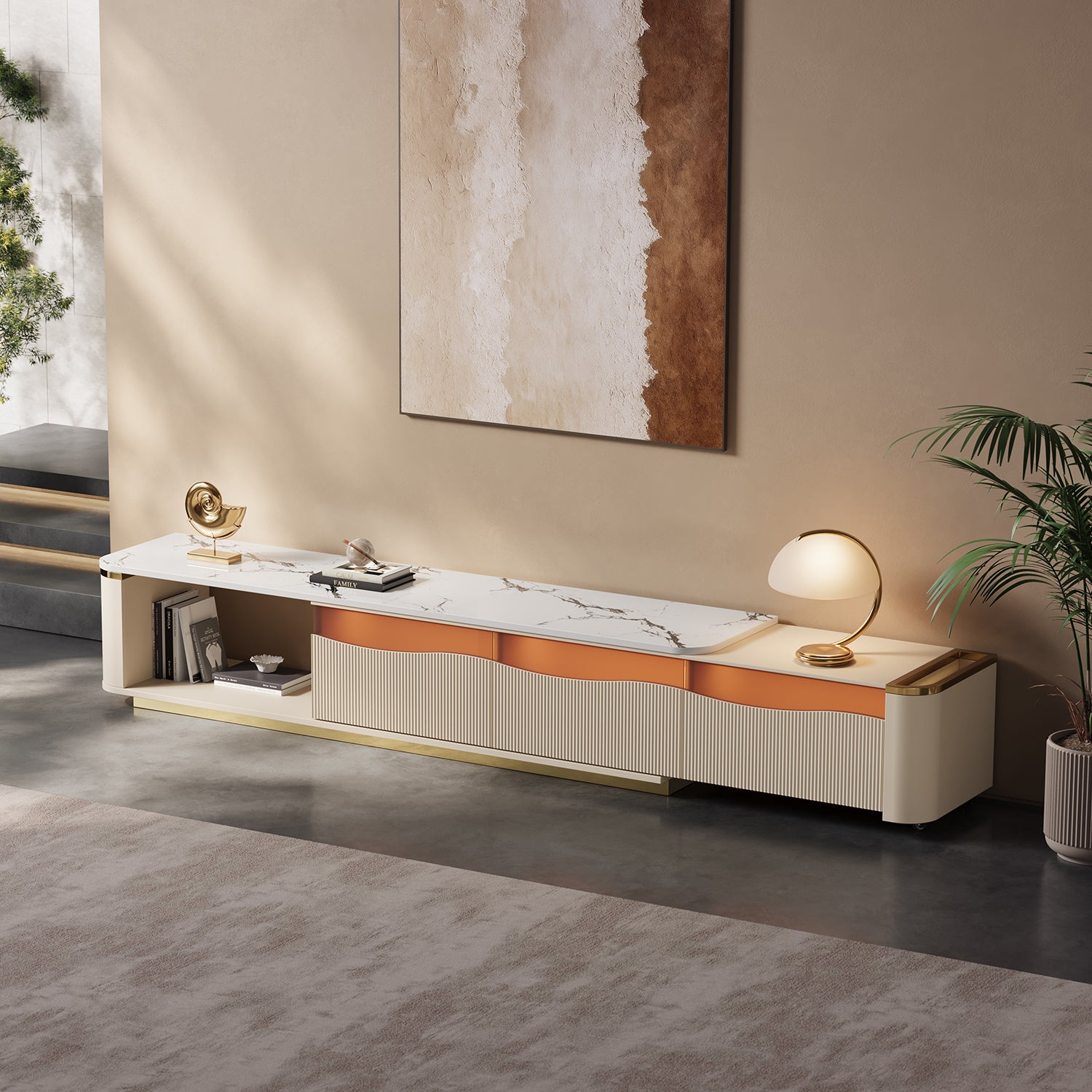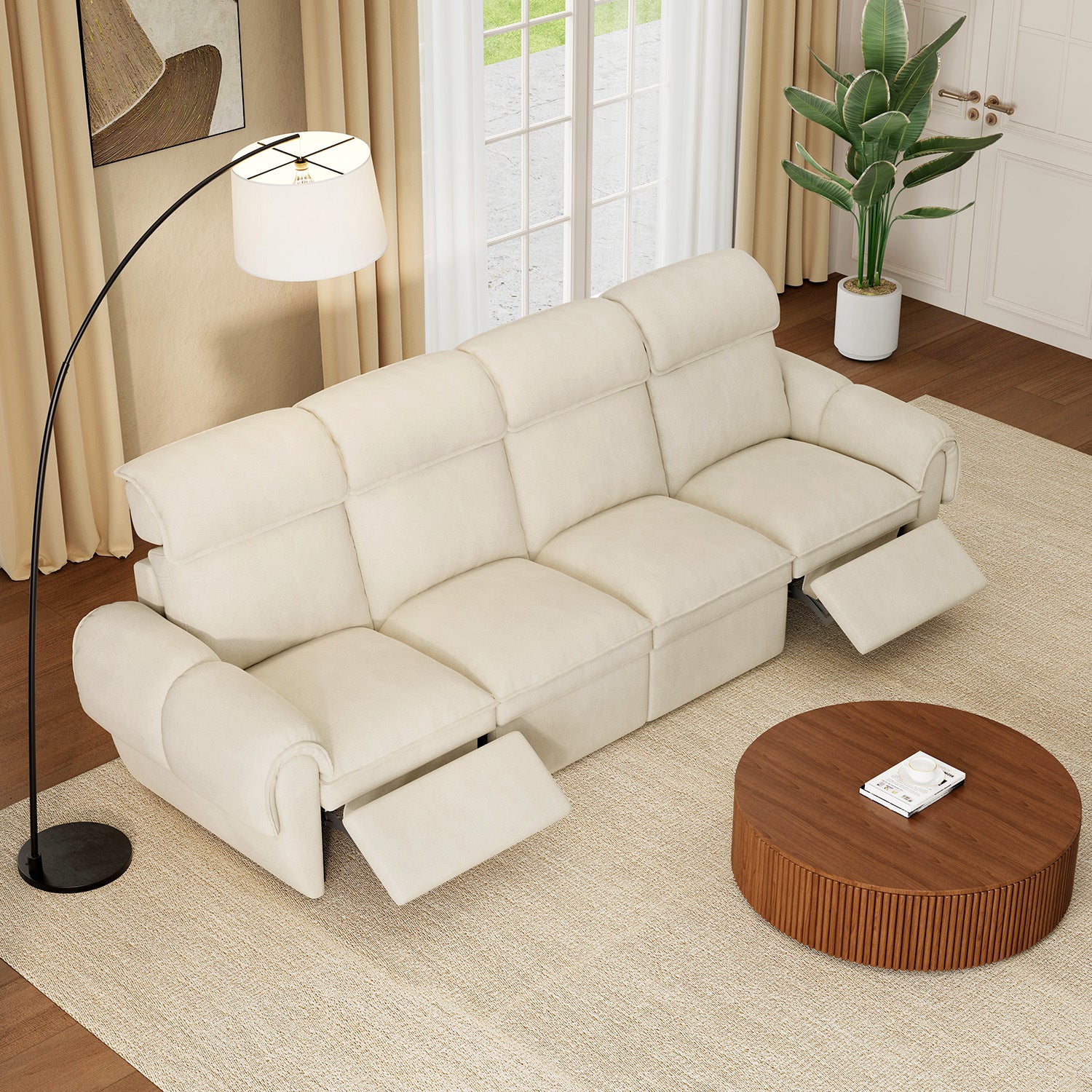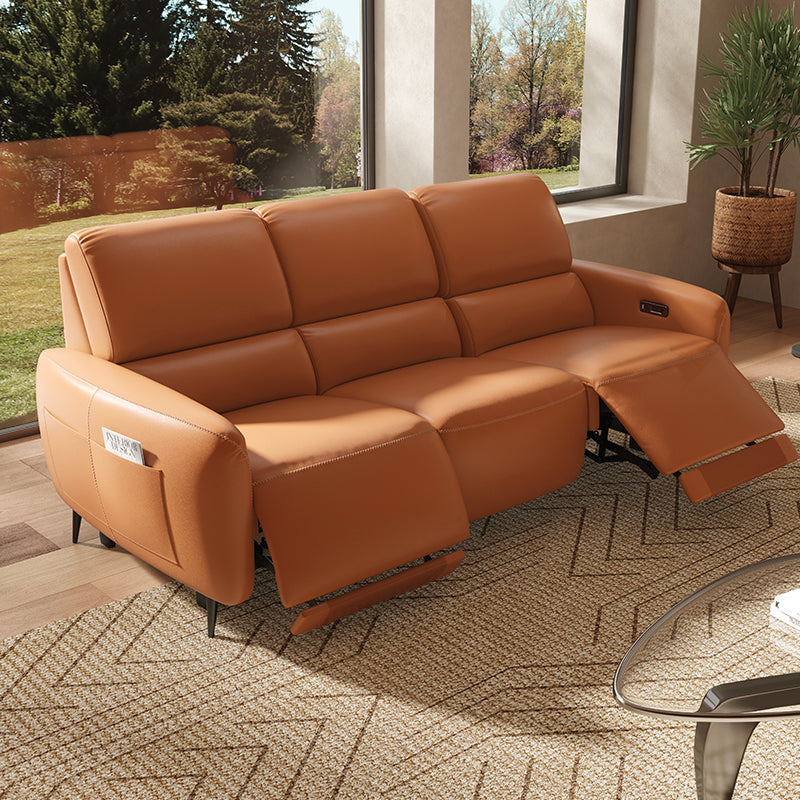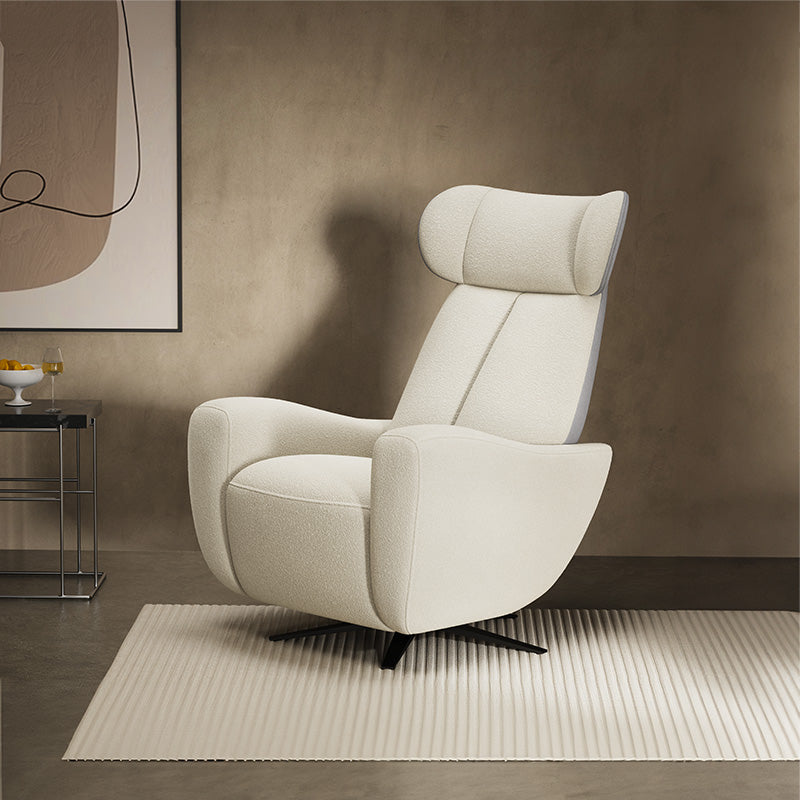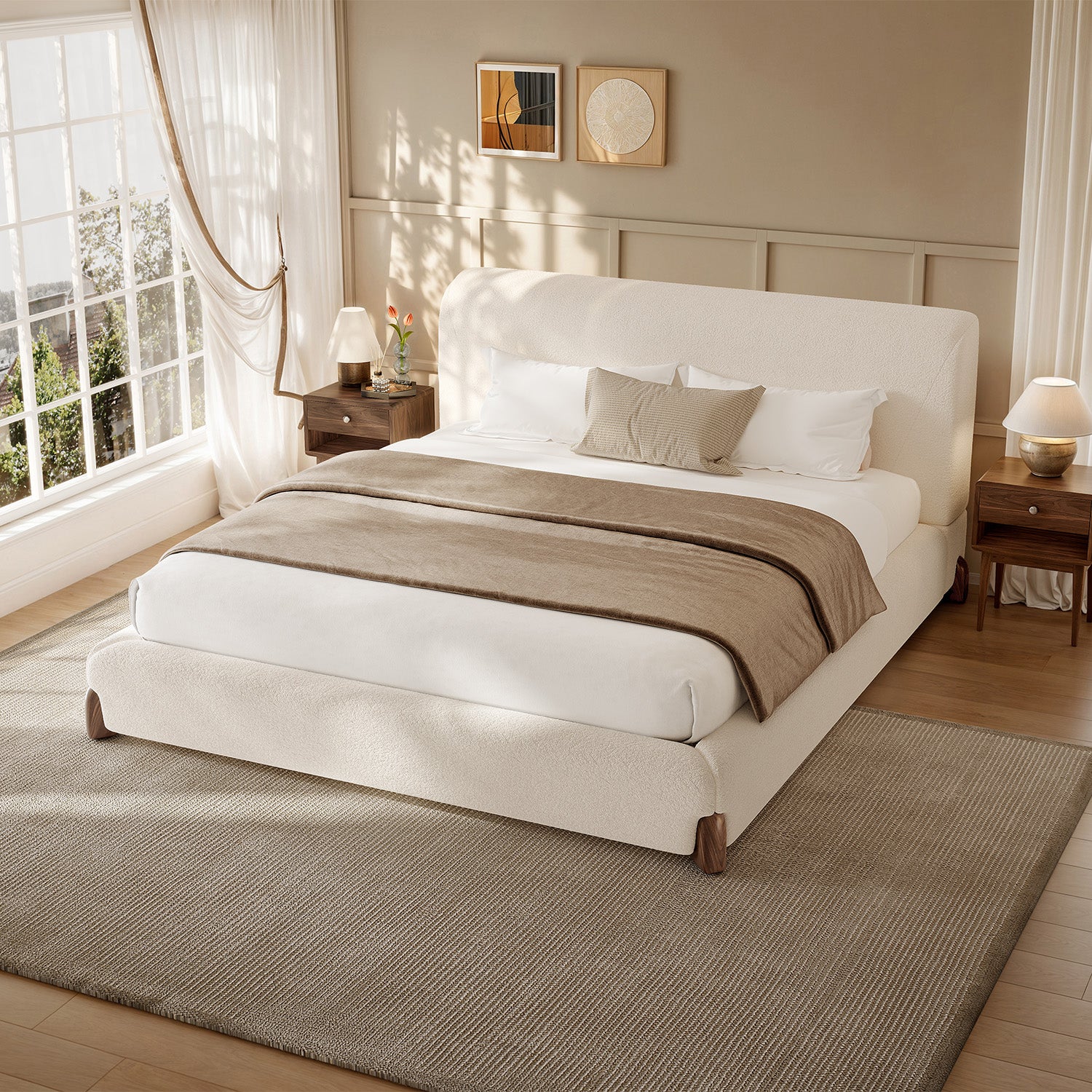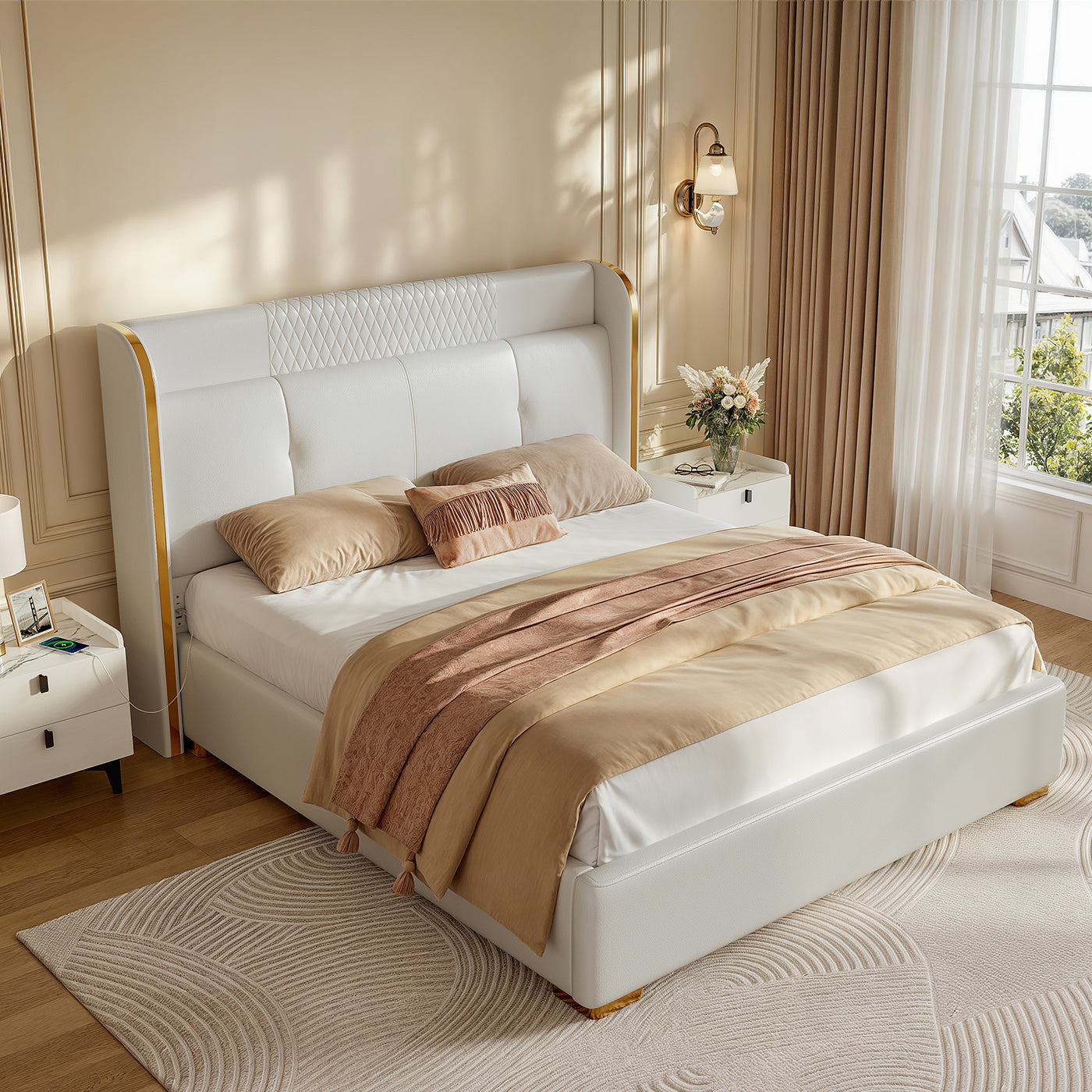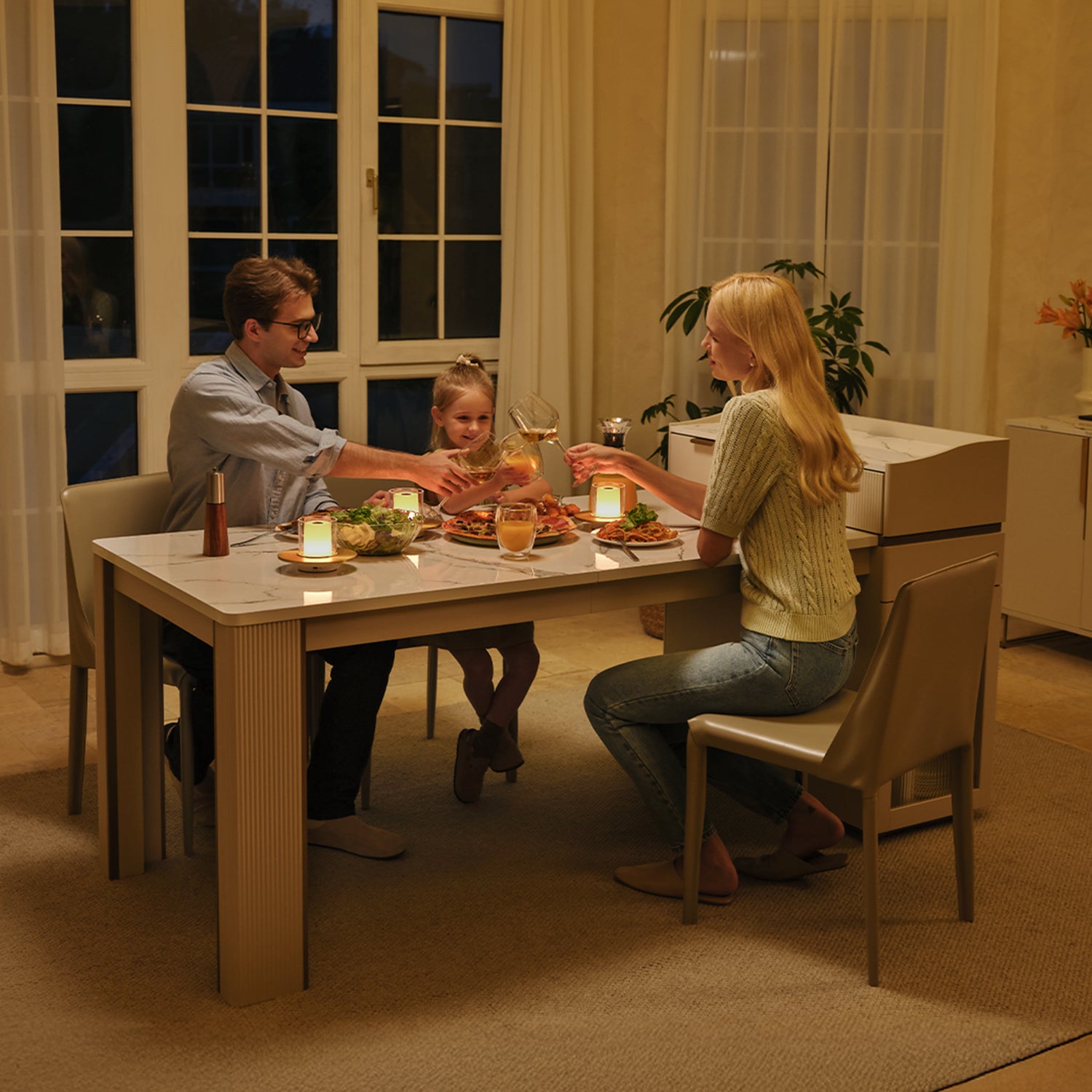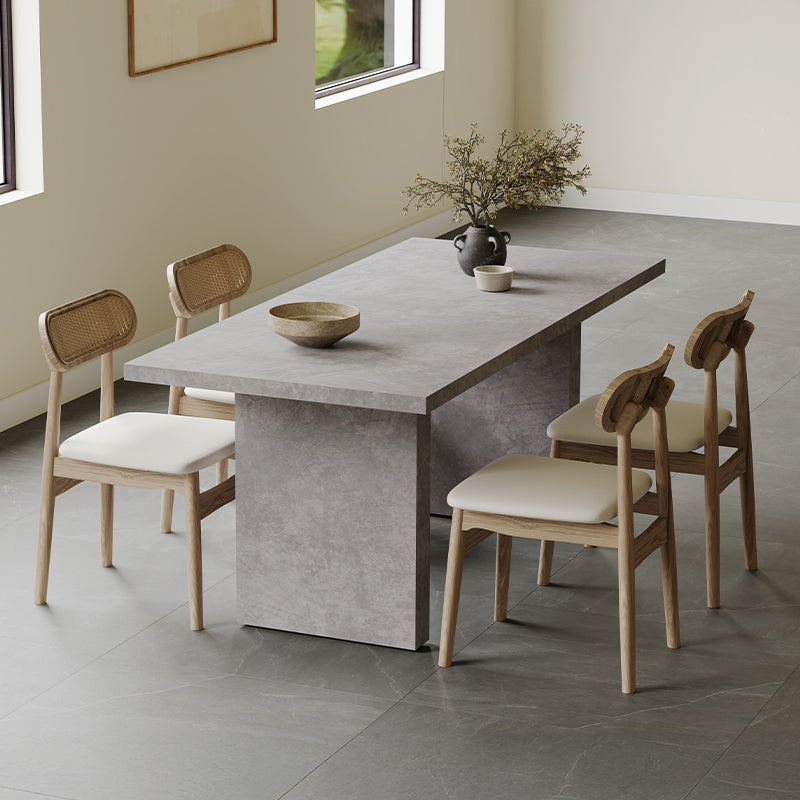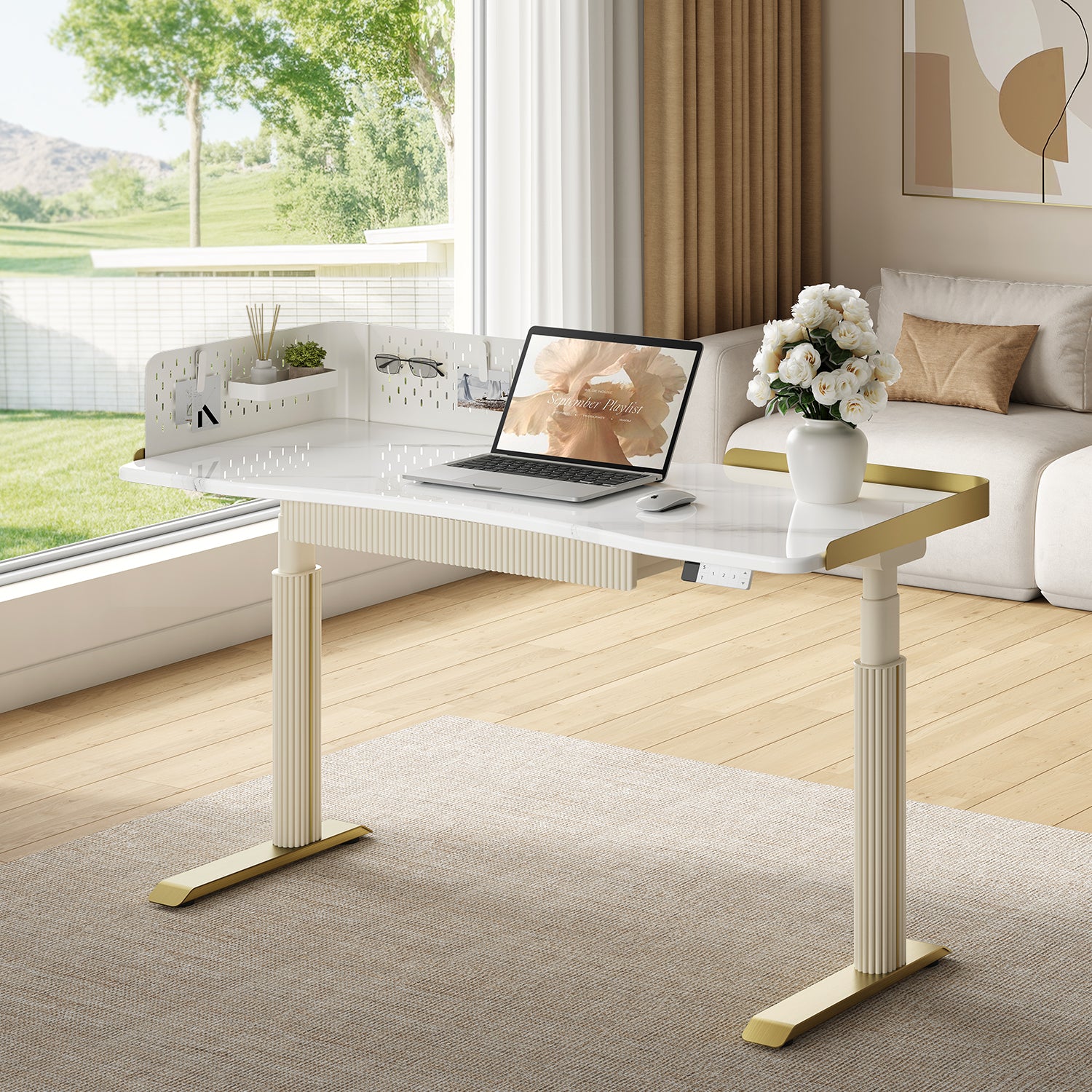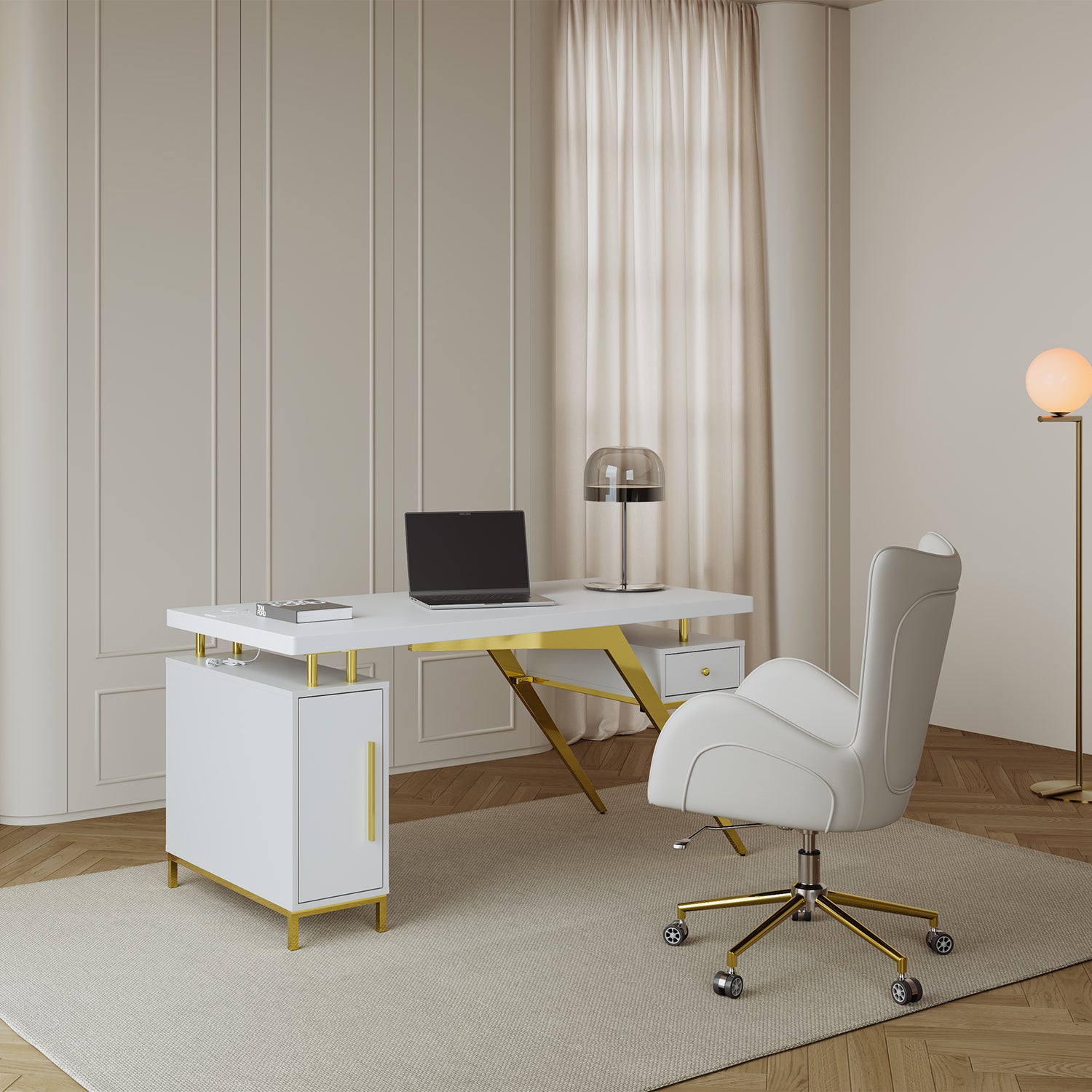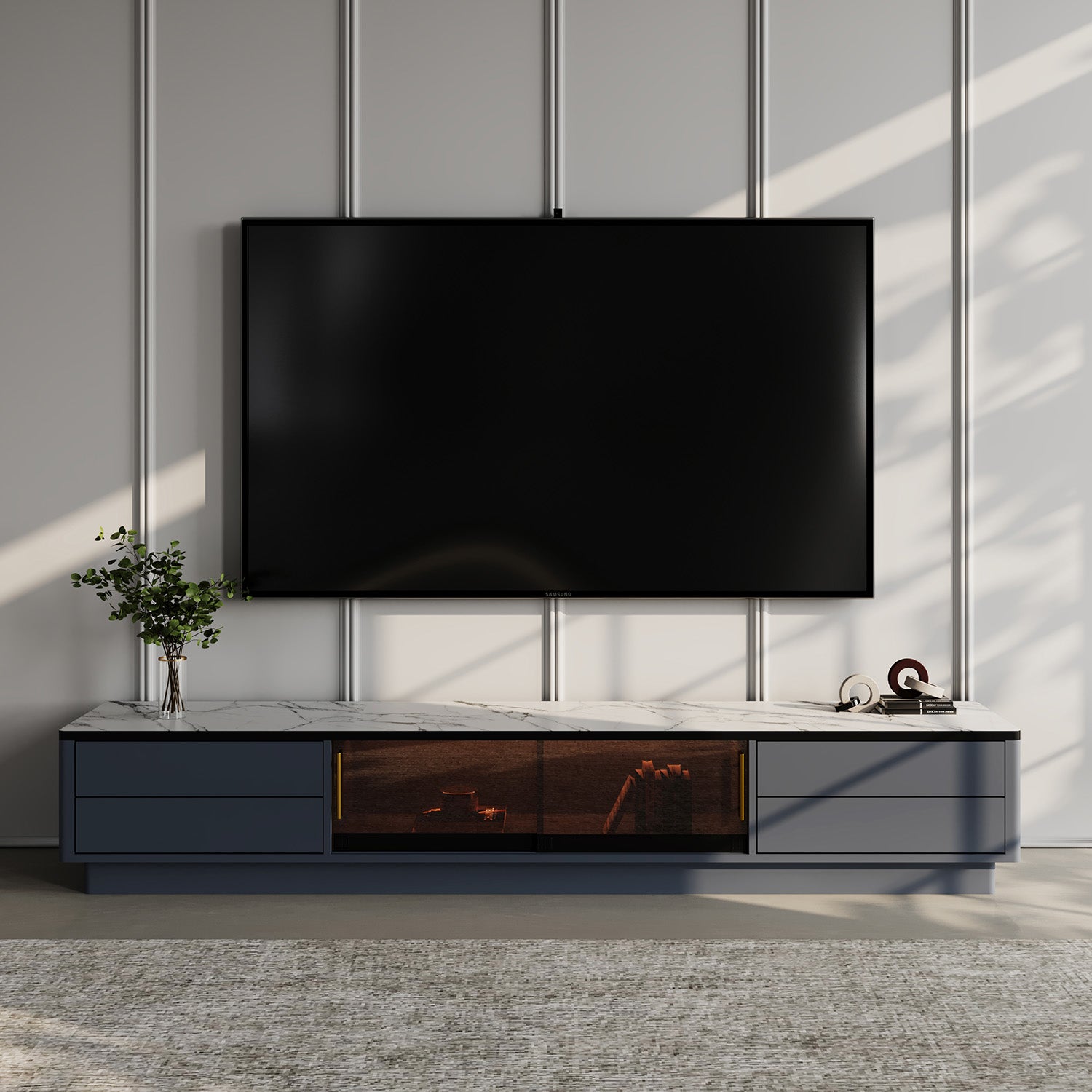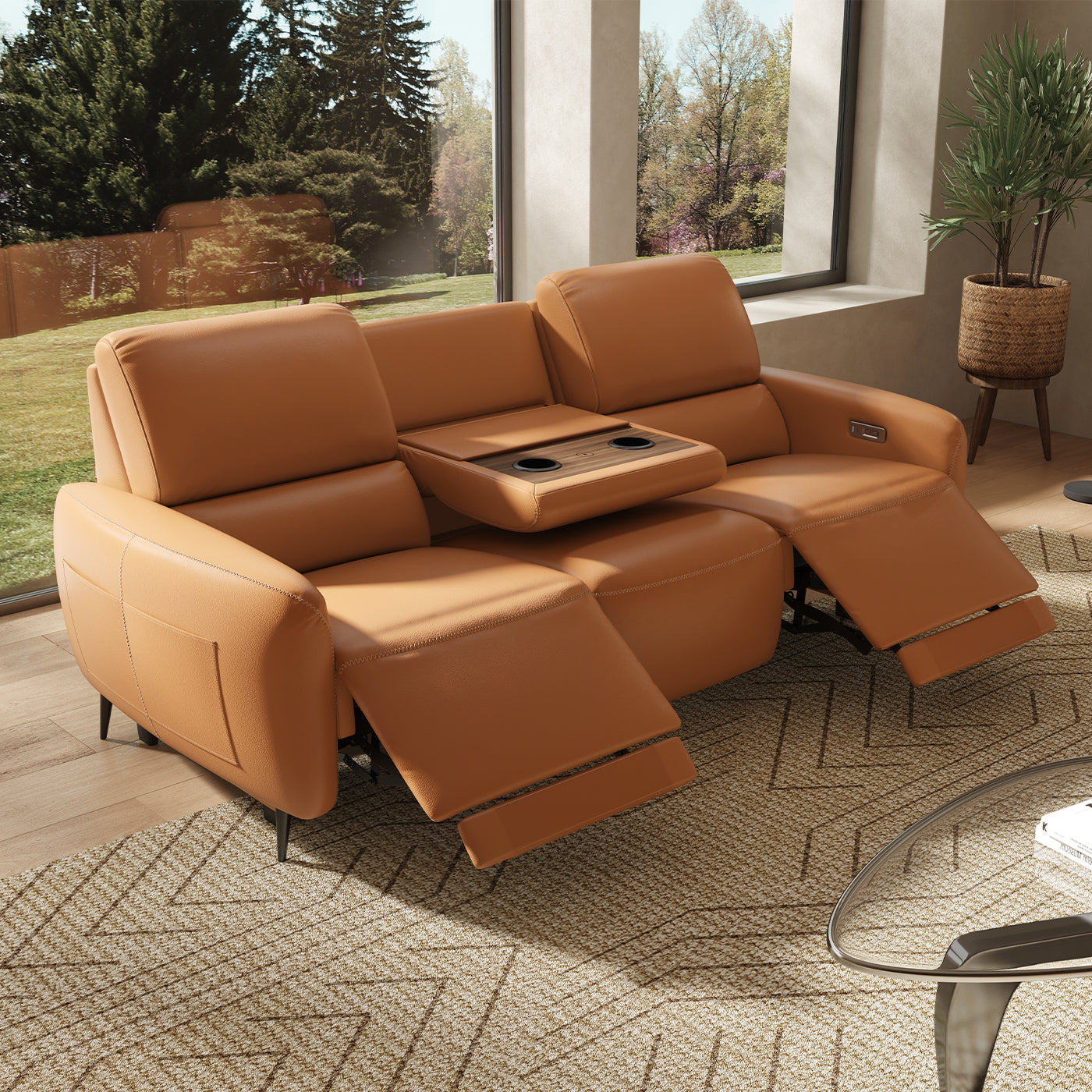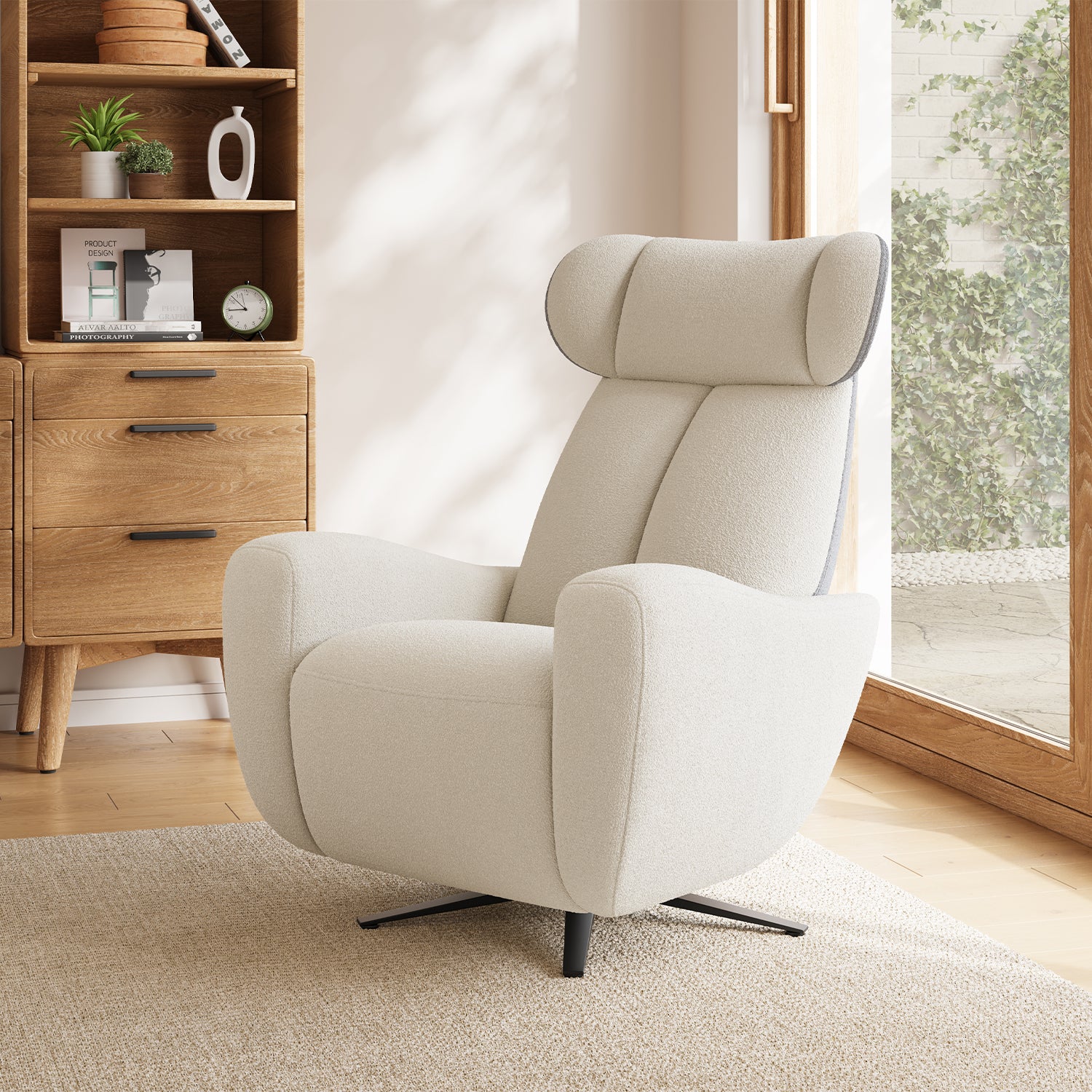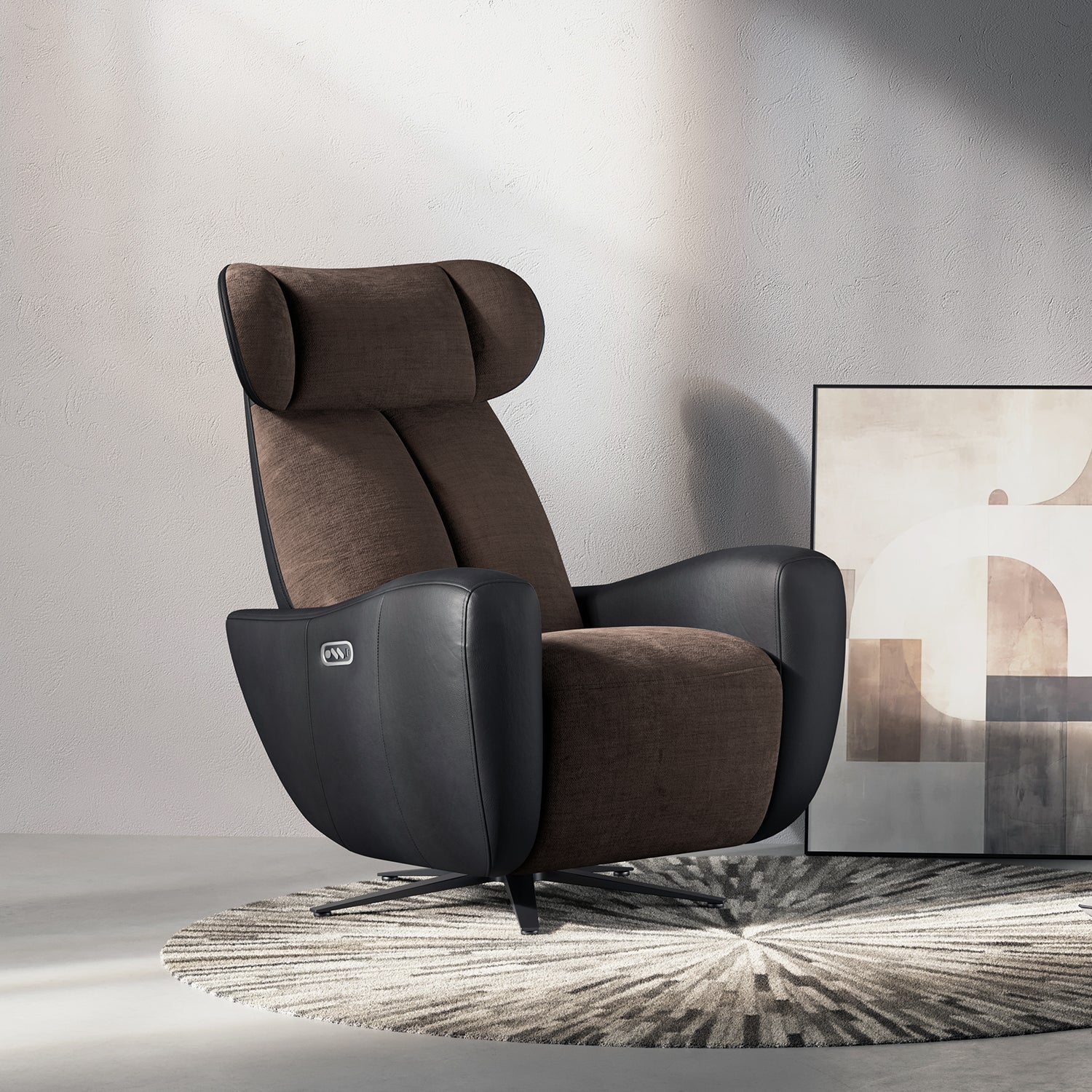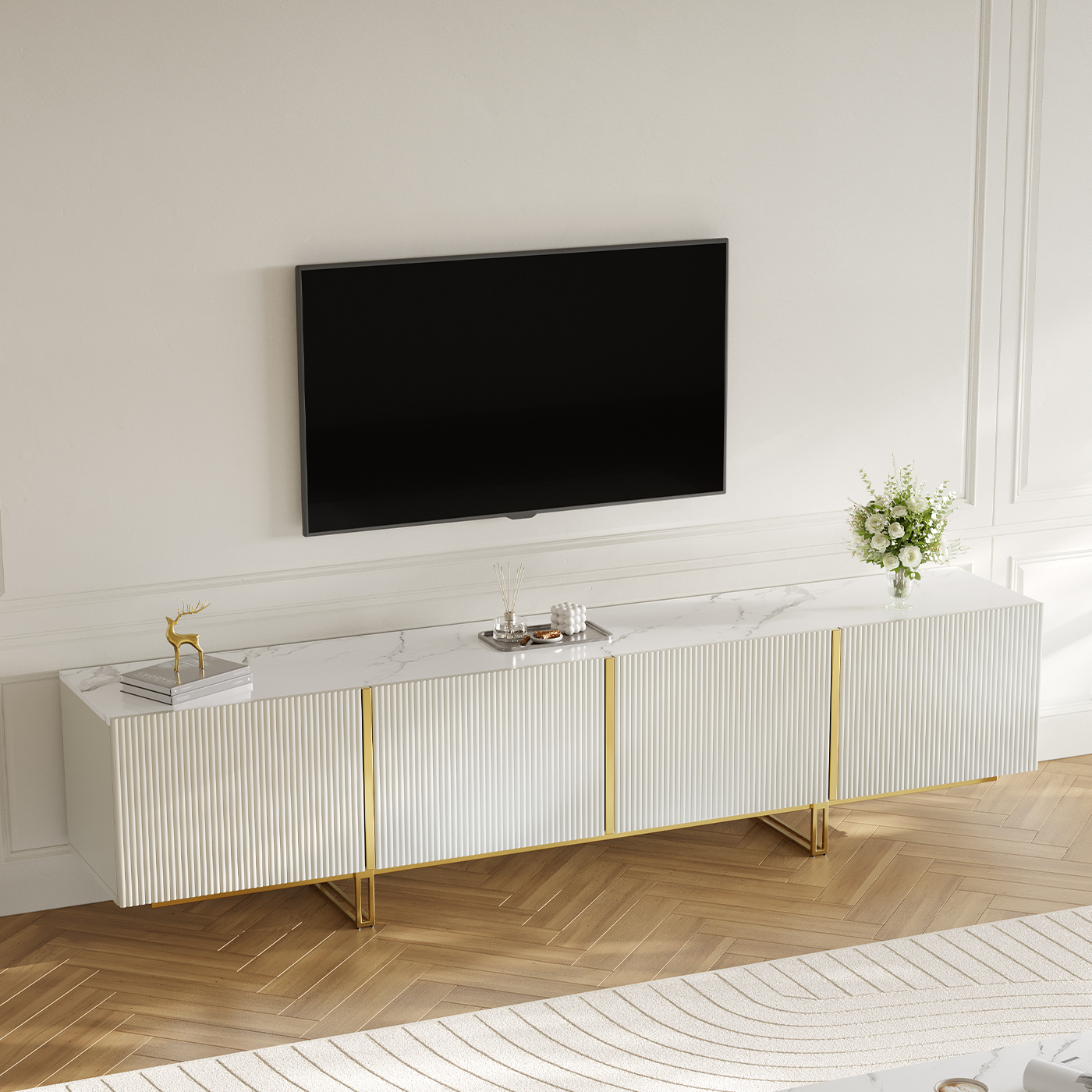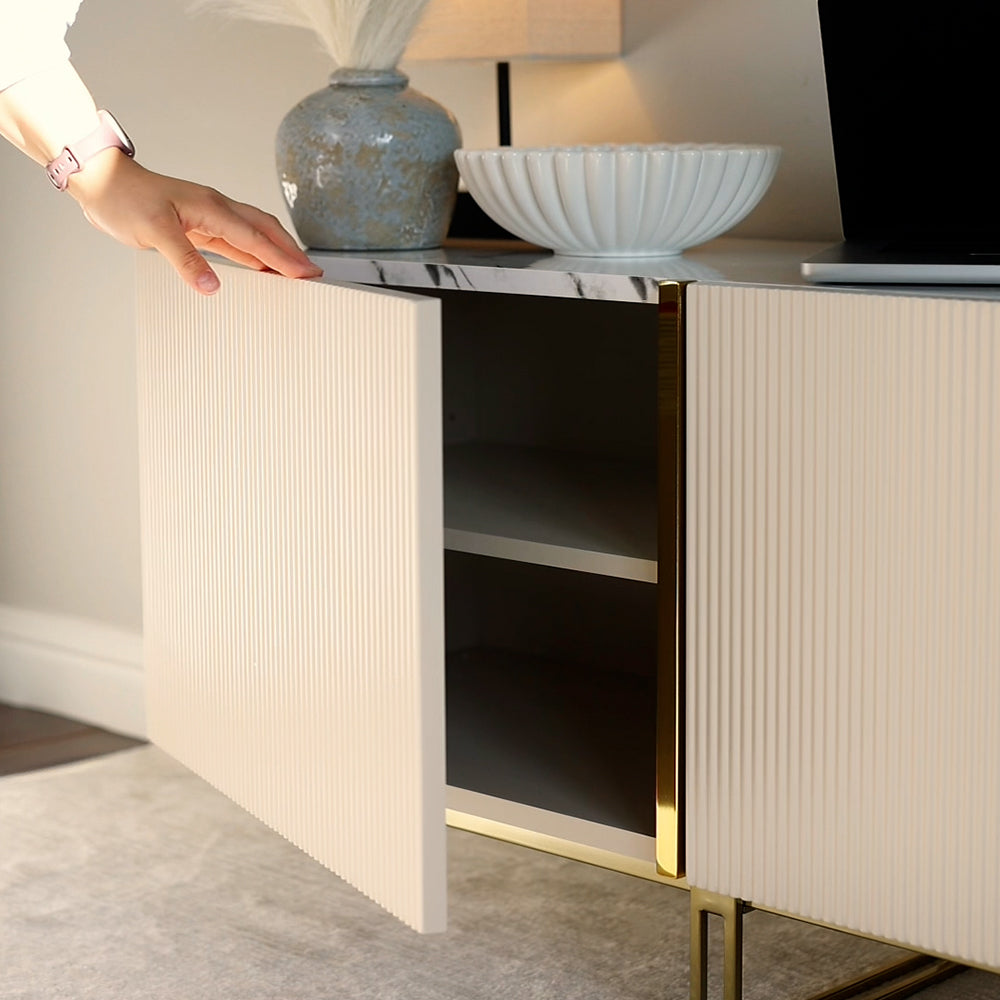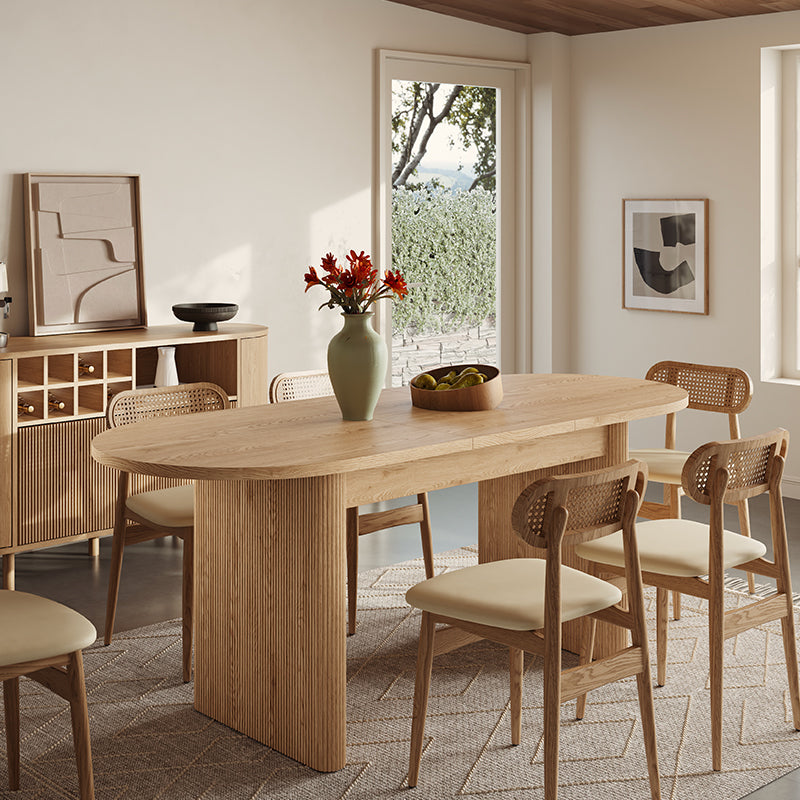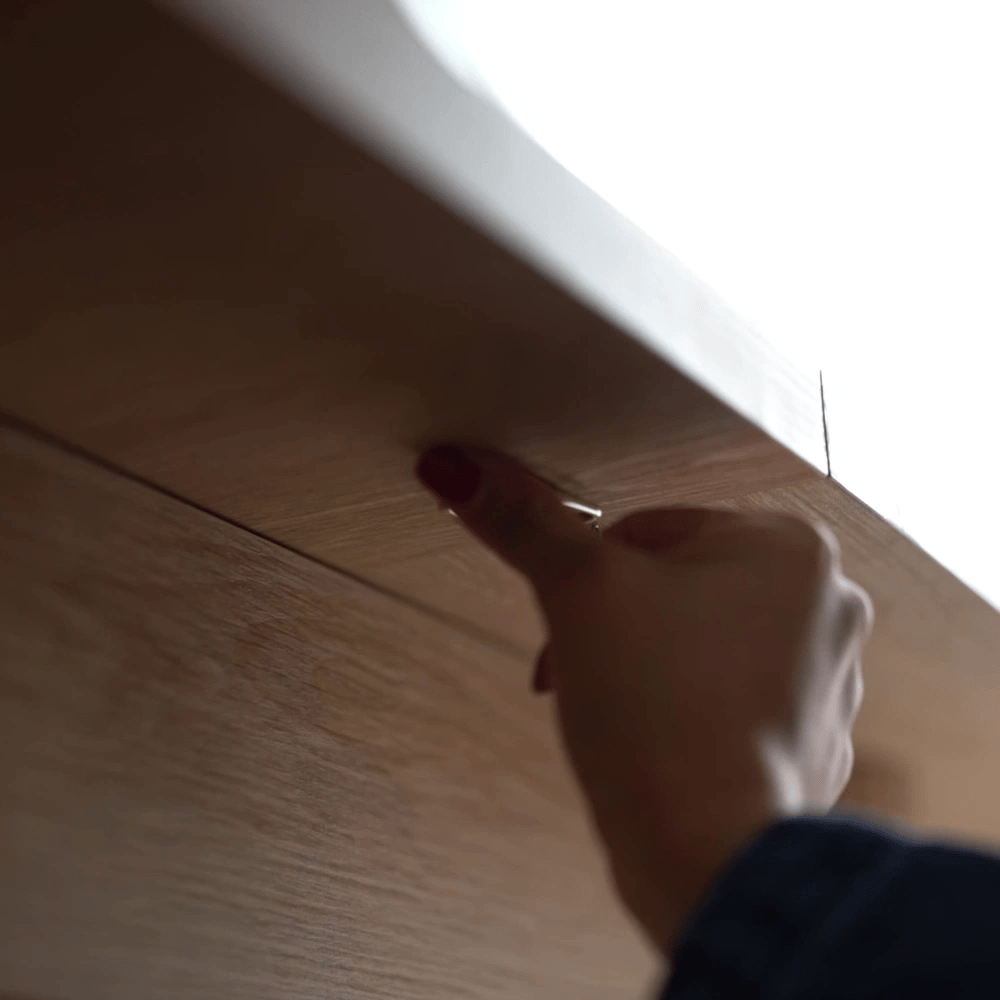Selecting the right sofa size is essential for both comfort and aesthetics. An oversized sofa can overwhelm a room and disrupt its balance, while a too-small sofa may not offer enough seating or look out of place.
Understanding the standard dimensions of various sofa types will help you choose the perfect fit for your space, ensuring it complements your room’s size, layout, and functionality.
Table of Content
Standard Sofa Dimensions
Sofa sizes vary based on style, purpose, and design. To help you choose the right fit for your space, here’s an overview of the most common sofa dimensions:
Common Sofa Sizes
Sofa Type |
Length (inches) |
Depth (inches) |
Height (inches) |
Seat Height (inches) |
Seat Depth (inches) |
Loveseat (Two-Seater) |
60 – 72 |
32 – 40 |
30 – 36 |
15 – 20 |
20 – 24 |
Standard Sofa (Three-Seater) |
78 – 90 |
32 – 40 |
30 – 36 |
15 – 20 |
20 – 24 |
Sectional Sofa |
95 – 115+ |
32 – 40 |
30 – 36 |
15 – 20 |
20 – 24 |
Sofa Height, Depth, and Seat Dimensions
Choosing the right sofa dimensions is essential for both comfort and aesthetics. Below is a detailed breakdown of sofa height, depth, and seat dimensions to help you find the perfect fit for your space.
Sofa Height
The standard sofa back height ranges from 30 to 36 inches, which suits most people. However, selecting a low or high back can impact both the look and functionality of your space.
- Low-Back Sofas (Below 30 inches): Perfect for modern and minimalist interiors, offering a sleek and open feel. They work well in spaces where maintaining clear sightlines is important, such as in front of windows.
- High-Back Sofas (Above 36 inches): Provide enhanced head and neck support, making them ideal for lounging and extended sitting. These sofas are best suited for traditional or formal settings, where comfort is a priority.
Sofa Depth
Sofa depth, measured from the backrest to the front edge, typically ranges from 32 to 40 inches. This dimension affects both seating comfort and the amount of space the sofa occupies in a room.
- Shallow Depth (Less than 34 inches): Ideal for smaller spaces or narrow rooms, offering a more upright seating position.
- Deep Depth (More than 36 inches): Designed for lounging and relaxation, allowing you to stretch out comfortably. However, they require more room and are best suited for larger living areas.
Seat Dimensions
- Seat Height (15 – 20 inches): Most sofas have a seat height within this range, ensuring that feet can rest naturally on the floor. Lower seat heights provide a relaxed, lounge-like feel, while higher seat heights are more suitable for formal settings.
- Seat Depth (20 – 24 inches): Deeper seats offer extra comfort for taller individuals or those who like to recline, while shallower seats are better for upright sitting and smaller spaces.
How to Measure Your Space for a Sofa

Before purchasing a sofa, it's essential to measure your space to ensure a perfect fit and easy movement around it. Follow these steps to accurately measure your room and choose the right sofa for your space.
Room Measurements: Step-by-Step Guide
Step 1: Gather Your Tools
Start by collecting the necessary tools: a tape measure, pencil, notepad, and optionally, a laser measure for extra accuracy.
Step 2: Measure the Length and Width
Use a tape measure to determine the length of the room from one end to the other. Write this measurement down.
Next, measure the width of the room—the distance between the two side walls—and record it as well.
Step 3: Measure the Ceiling Height
Measure the height from the floor to the ceiling. This is especially important if you’re considering a high-back sofa or plan to place shelves or artwork above it.
Step 4: Measure Architectural Features
Take note of any architectural features such as fireplaces, radiators, windows, and built-in cabinets, as these elements will influence sofa placement.
Consider window heights and radiator locations, as placing a sofa in front of a heat source can affect airflow and damage the fabric over time.
Step 5: Account for Existing Furniture
Identify the size and placement of existing furniture to ensure the new sofa complements your layout. For a better visual reference, use painter’s tape to outline the sofa’s dimensions on the floor, helping you see how it will fit within the space.
Ensuring Proper Clearance for Your Sofa

Proper clearance around your sofa is essential for both functionality and comfort. Follow these steps to ensure your space remains open and easy to navigate.
Step 1: Maintain Walkway Space
To prevent your space from feeling cramped, leave at least 18-24 inches of walkway space around the sofa in areas where people will be walking. This ensures smooth movement and keeps the room feeling open and inviting.
Step 2: Account for Extra Clearance for Recliners or Moving Parts
If your sofa includes a recliner or pull-out bed, measure the full extended length to ensure it fits comfortably when in use. Leave extra clearance to avoid any obstructions or unexpected space issues.
Step 3: Consider Traffic Flow and Room Layout
Think about how people naturally move through the room. Avoid placing the sofa in a way that blocks pathways, doors, or entryways. Maintaining good traffic flow enhances both the usability and overall comfort of your space.
Entryways and Pathways

Step 1: Measure Doorways, Hallways, and Diagonal Depth
Start by measuring the width of all doorways, hallways, and stairwells the sofa needs to pass through. Keep these measurements handy to ensure a smooth delivery.
Measure the height of entryways to determine if the sofa can be carried in upright.
Check the sofa’s diagonal depth (from the top corner of the back to the bottom front corner) and compare it to the doorway’s diagonal opening—this will help you know if the sofa can be angled in if necessary.
Step 2: Identify Potential Obstacles
Look for anything that might make delivery challenging—tight corners, low ceilings, staircases, or narrow hallways.
Measure sharp turns in hallways and staircases, as maneuvering large furniture through them can be tricky.
Consider the positioning of handrails, light fixtures, or wall moldings that might get in the way.
Step 3: Stairs and Elevators
For multi-story homes or apartments, measure staircases and any elevators before delivery.
Check the staircase height, depth, and space between landings to ensure there’s enough room to maneuver.
If using an elevator, measure its internal dimensions, including door width and height, to confirm the sofa will fit inside.
Sofa vs. Room Measurements

- Measure the width, depth, height, and diagonal depth (if provided by the manufacturer) of your sofa and compare them to your room, doorways, and hallways.
- Ensure the sofa fits comfortably in your space without obstructing windows, doors, or key features. Use these measurements to determine the best placement.
- Leave enough room for other furniture, such as coffee tables, side tables, and lamps, to prevent the space from feeling overcrowded.
Choosing the Right Sofa Dimensions for Every Room

Every room serves a unique purpose, and selecting the ideal sofa dimensions ensures both comfort and functionality. Here’s how to align sofa size with room dynamics while maintaining a cohesive layout:
Living Room Sofas
As the central gathering space for relaxation and socializing, living rooms demand versatile seating. Opt for medium-depth designs that balance lounging comfort with spatial harmony. Sectional configurations—L-shaped, U-shaped, or linear—adapt seamlessly to room layouts, offering flexibility for rearranging seating or refreshing aesthetics. Consider low-profile arms and modest backrests to preserve an open, airy ambiance in compact or open-concept areas. For visual interest and ergonomic support, mid-height backrests paired with subtly curved or streamlined arms strike an ideal balance between comfort and style.
Family Room Sofas
High-activity spaces like family rooms require durable, family-friendly designs. Prioritize robust materials, such as leather or stain-resistant performance fabric, to withstand daily use, spills, and pets. Sturdy hardwood frames (oak or maple) ensure longevity, while oversized sectionals or modular sofas accommodate both family members and guests. Enhance adaptability with removable ottomans or supplementary seating pieces that can be adjusted for varied activities. Cushion construction matters—high-density foam or down-filled options maintain shape over time, and washable slipcovers simplify maintenance. This combination of resilience and modularity transforms the sofa into a lasting centerpiece for movie nights, game days, or casual downtime.
Guest Room & Office Sofas
Compact multi-functional designs excel in rooms serving dual purposes. Sleeper sofas or futons maximize utility, transitioning from daytime seating to overnight bedding. Prioritize mechanisms with smooth operation and lightweight frames for effortless conversion, paired with memory foam mattresses to elevate guest comfort beyond traditional futons. Neutral-toned, streamlined profiles ensure the sofa blends into both office and guest settings without dominating the space. When floor space is limited, consider armless designs or small living room furniture options that maintain functionality without clutter. These space-smart solutions deliver practicality without compromising style, making them ideal for homes where rooms pull double duty.
Common Sofa Sizing Mistakes to Avoid
To keep your home well-organized and functional, make sure to avoid these common sofa-sizing mistakes:
Ignoring Room Proportions
One of the biggest mistakes is choosing a sofa that’s too large for your space. An oversized couch can overwhelm a small room, making it feel cramped and out of balance. This can also affect the placement of other furniture, leading to awkward arrangements.
To avoid this, always measure your room before making a purchase. Consider the room's proportions and choose a sofa that complements the size of the space. For instance, a 2-seater or loveseat works better in a compact living room than a bulky 3-seater or sectional, ensuring a more harmonious layout.
Overlooking Traffic Flow

Another common mistake is failing to think about how the sofa affects movement around the room. A poorly placed couch can block pathways, making it difficult to navigate the space, especially in high-traffic areas like living rooms.
Ensure you leave at least 18-24 inches of walkway space around the sofa. Avoid placing it directly in front of doorways or entrances to maintain a smooth flow and make the room feel more accessible and inviting.
Forgetting Doorway Measurements
In the excitement of selecting the perfect sofa, people often forget to measure their doorways, hallways, and stairwells. This can lead to delivery problems if the sofa doesn’t fit through your home's entrances.
Before buying, measure the narrowest points the sofa will pass through, such as doorways, and compare them to the sofa’s dimensions, including height, width, and diagonal depth.
If possible, choose a sofa with removable legs or one that can be disassembled for easier delivery.
FAQs
How can I make a brown sofa feel less heavy in a room?
To balance the richness of a brown sofa, use a light and airy color palette in your decor. Neutral tones like beige, soft gray, and off-white in throw pillows, rugs, and curtains will create a bright and inviting space while softening the sofa’s visual weight.
What colors work best as accent colors with a brown sofa?
Earthy tones like terracotta, olive green, and burnt orange enhance the warmth of a brown sofa. For a more refined look, deep navy or rich emerald green provide a striking contrast. Neutrals like cream, taupe, and warm white will create a timeless, balanced aesthetic.
What fabrics pair well with a brown sofa?
Leather adds a luxurious and classic touch, while soft fabrics like chenille or microfiber offer durability and comfort. For a cozy, inviting feel, opt for linen or woven cotton accents in cushions and throws. Velvet can also add depth and sophistication to elevate the overall look.
Conclusion
A well-proportioned sofa harmonizes room dimensions, accommodates household traffic patterns, and accounts for practical considerations like doorway clearance during delivery. By understanding standard sizing benchmarks, meticulously mapping your space, and prioritizing functional priorities—whether maximizing seating capacity or optimizing compact layouts—you elevate both practicality and design cohesion. Explore curated collections through online sizing guides or in-person consultations at furniture showrooms to visualize proportions in context. For tailored solutions blending enduring craftsmanship and modern and minimalist interiors, discover thoughtfully engineered sofas designed to adapt effortlessly to diverse spaces while reflecting contemporary aesthetics. Their range transforms dimensional precision into an opportunity to reimagine comfort, ensuring every room achieves its full potential through intentional furniture choices.
If you want to buy our home furniture or couch for living room, you can check out more on our store

